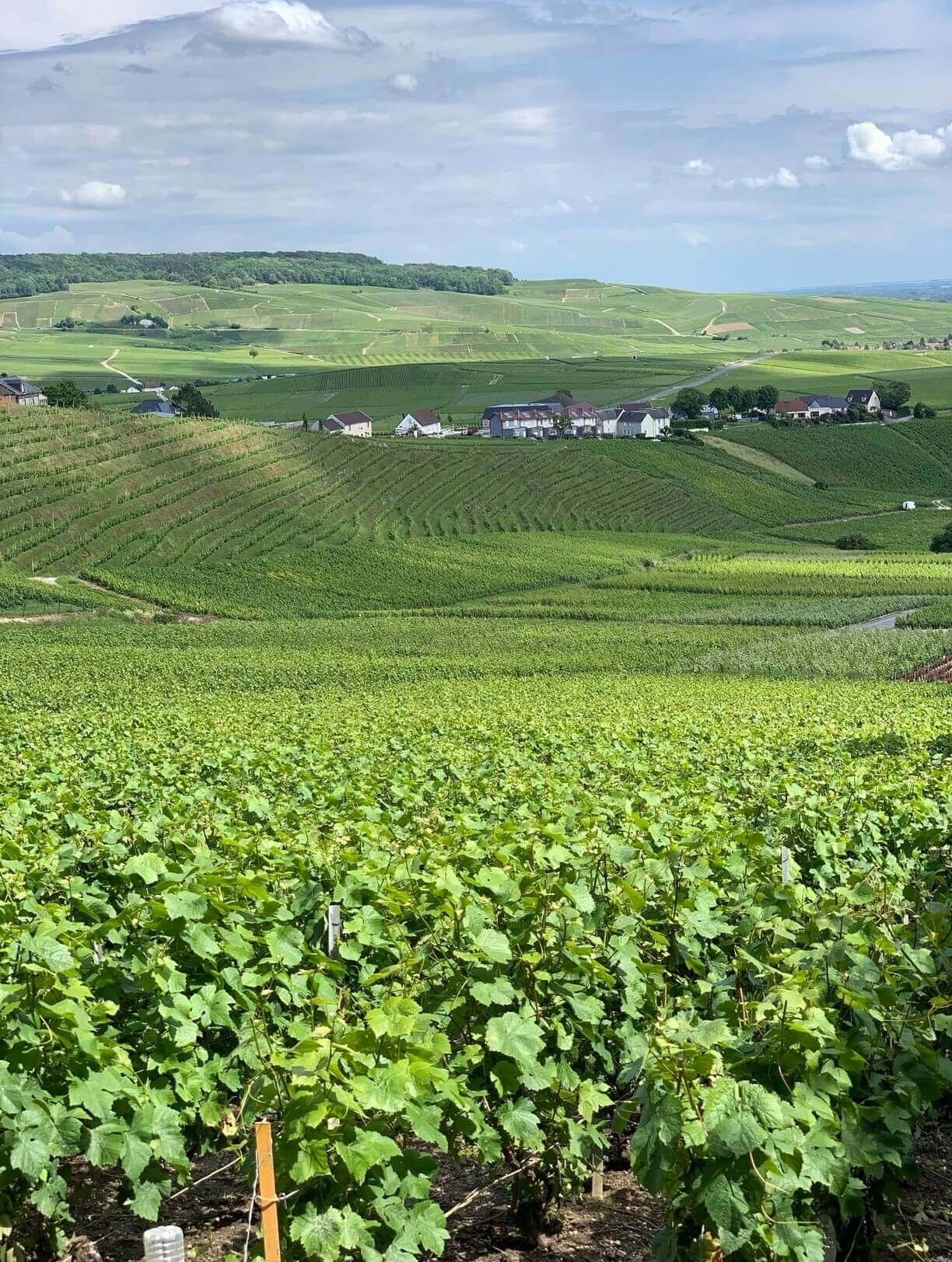With great pleasure and a glass of our favorite bubbly beverage, today we are reporting in from the one and only Champagne region of France. Often imitated but never duplicated, this region is known worldwide for the sparkling white wine that bears its name and is a must visit when in France. Hard to believe we haven’t been here before, and we will definitely be back given the chance …. it is everything you would imagine and more.
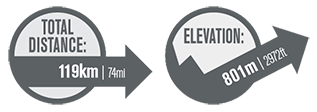
La Ferté-Gaucher to Châlons-en-Champagne
DAY #03 of 35 France 150 miles total
This morning we departed from La Ferté-Gaucher and on into the heart of Champagne country, one of our most-anticipated destinations on a trip packed with interesting and beautiful places. We cycled into the Marne River Valley, rolled up and down never-ending hills lined with vineyards and chateaus, then ran into a quagmire of Tour de France pre-race stoppages before ending in Chalons-en-Champagne.
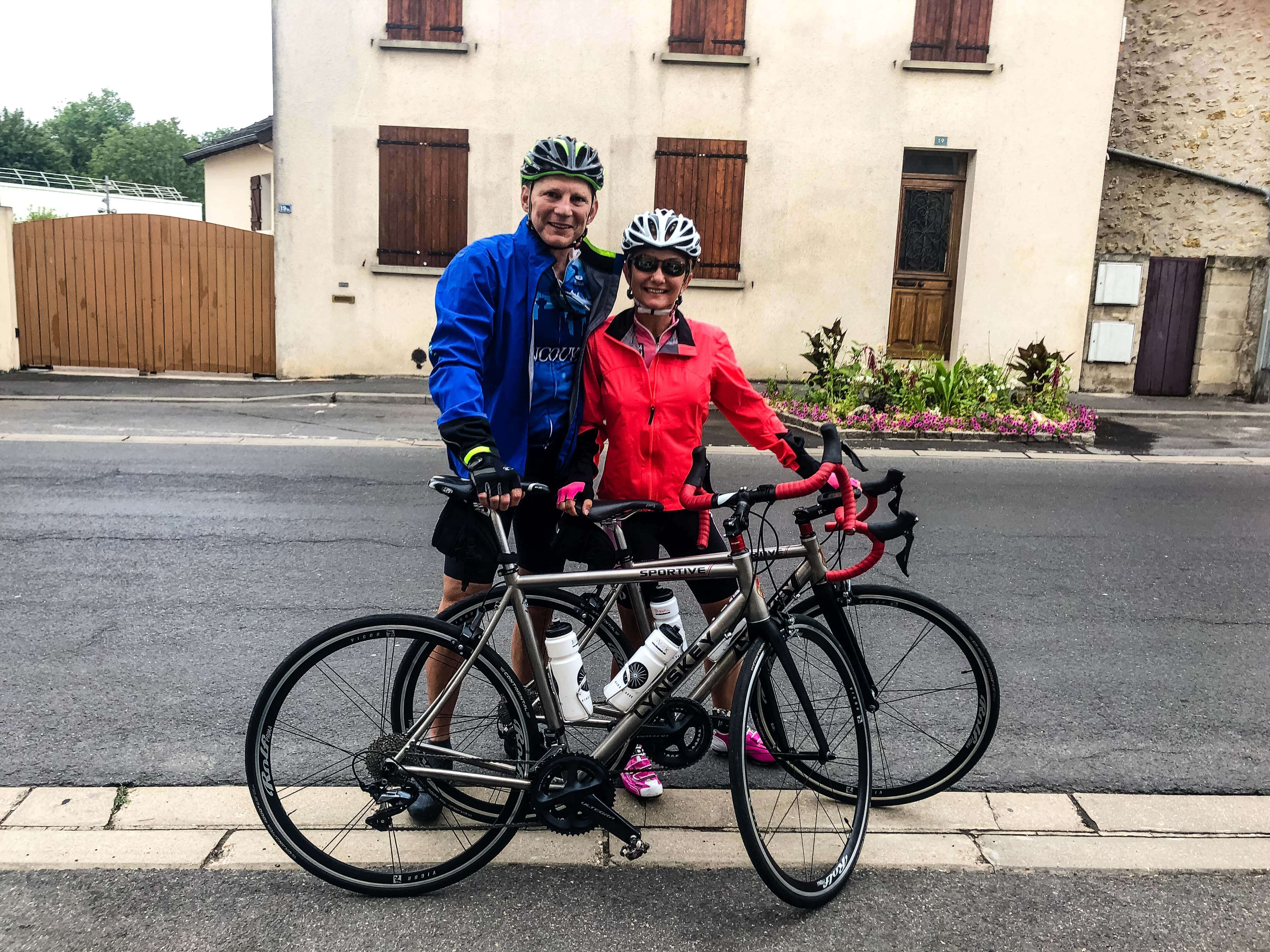
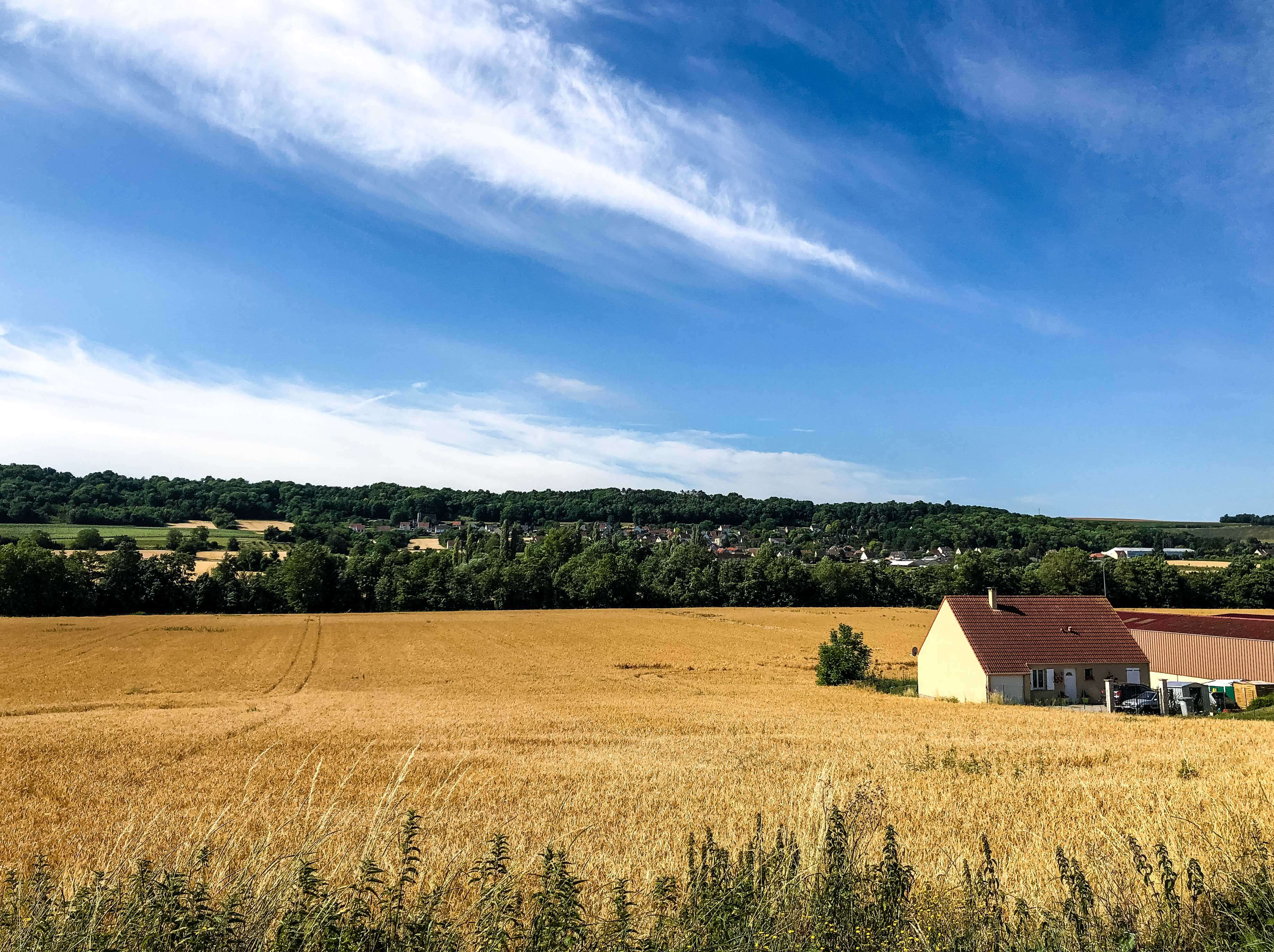
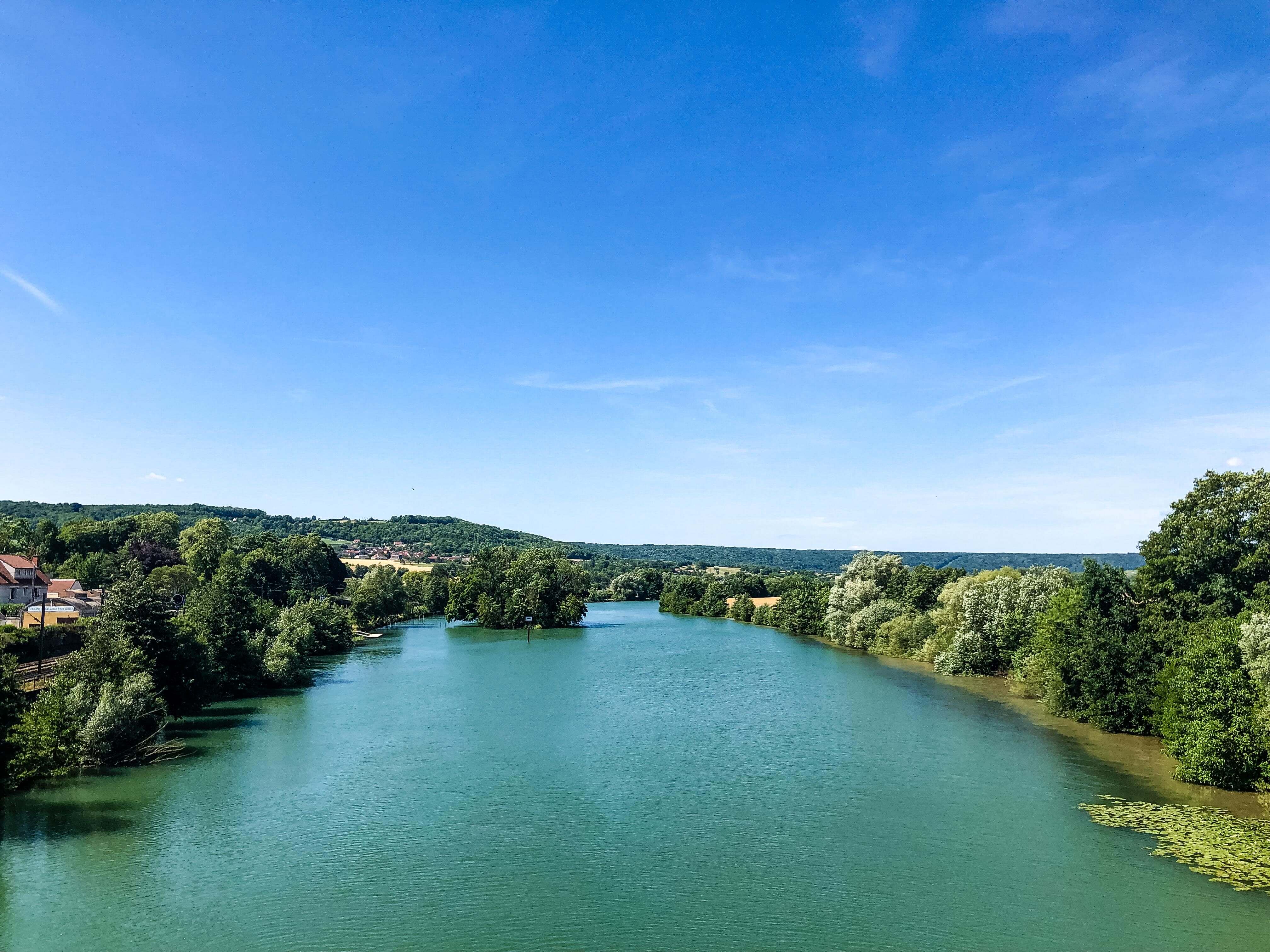

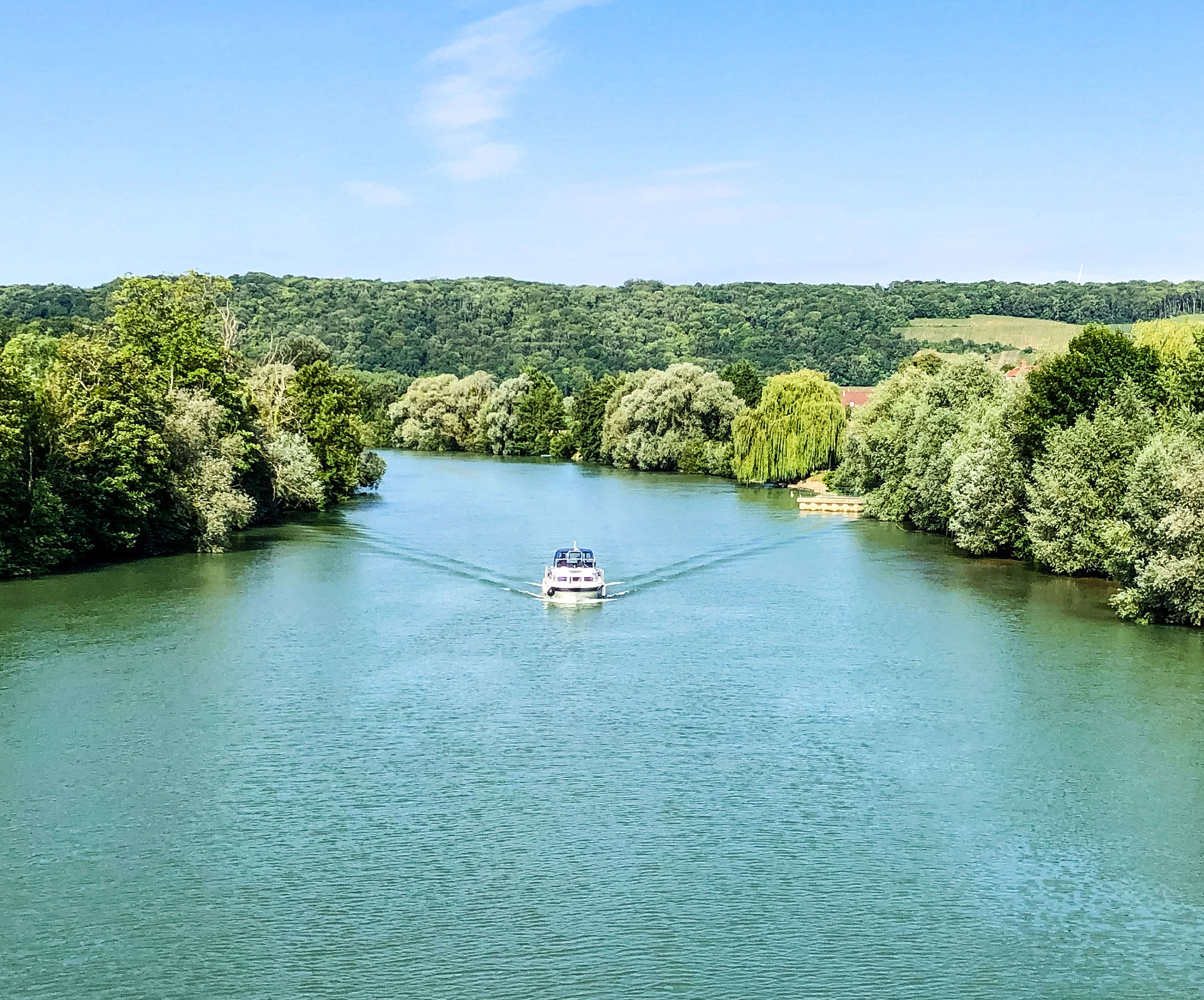
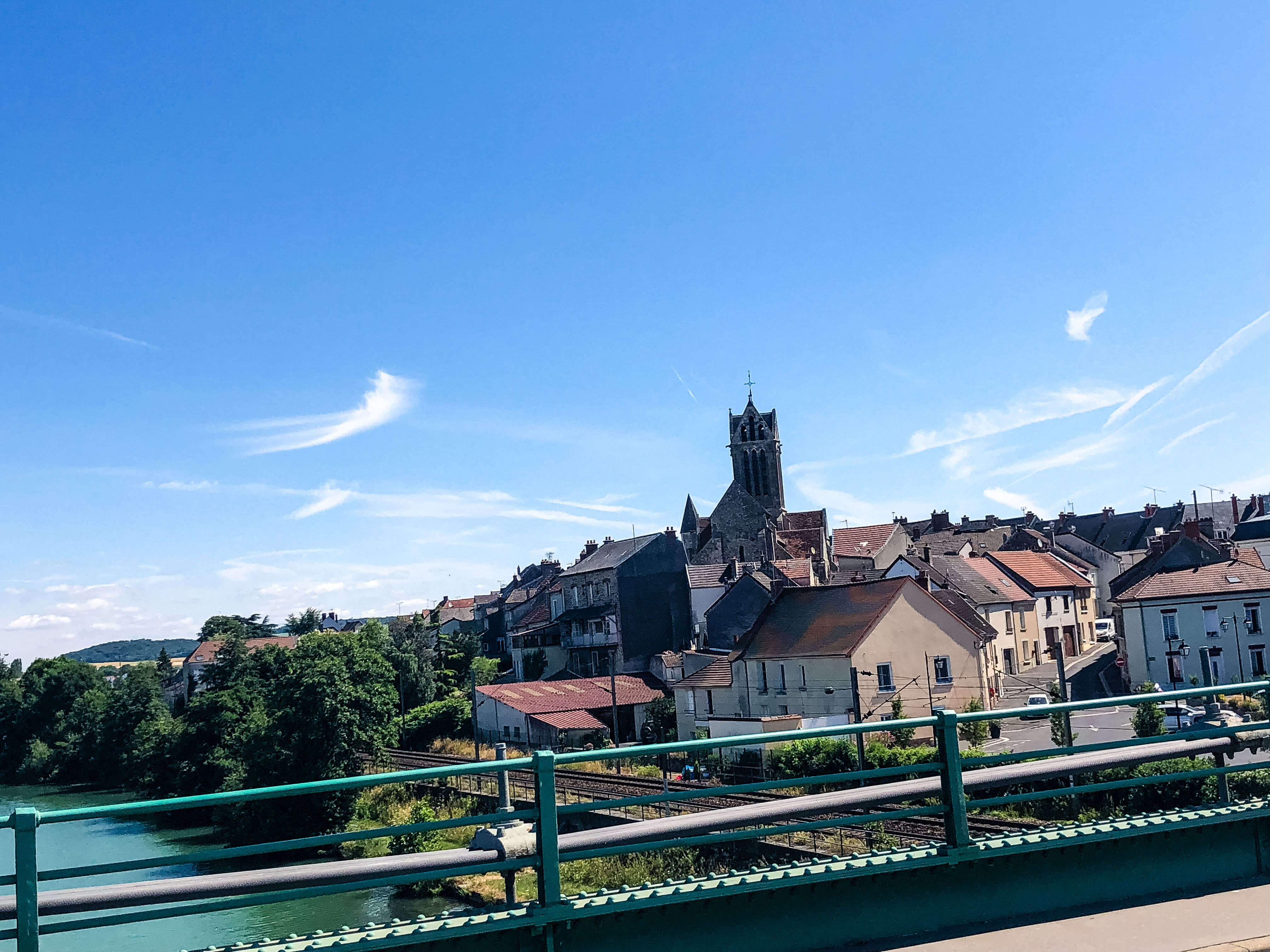
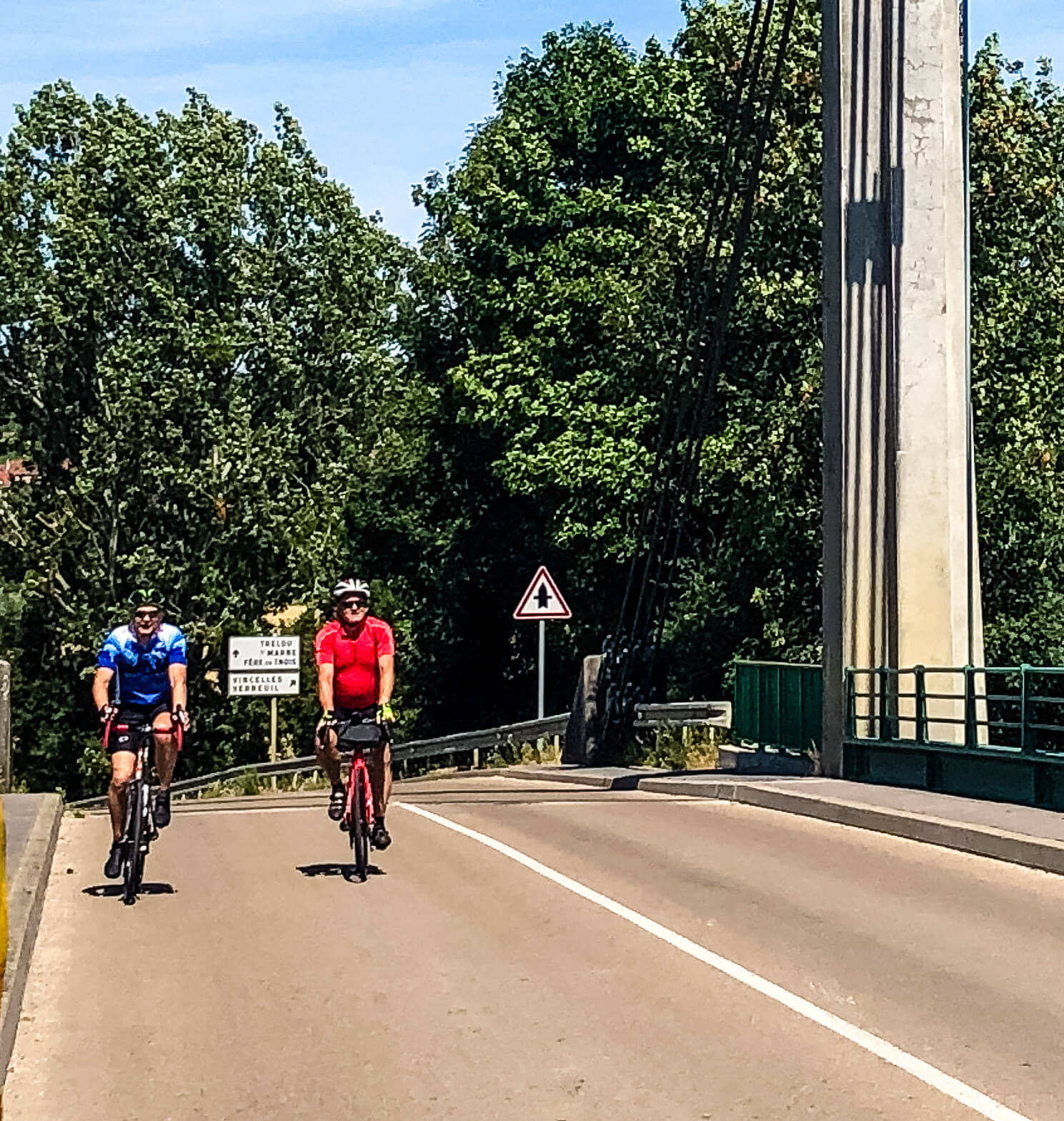
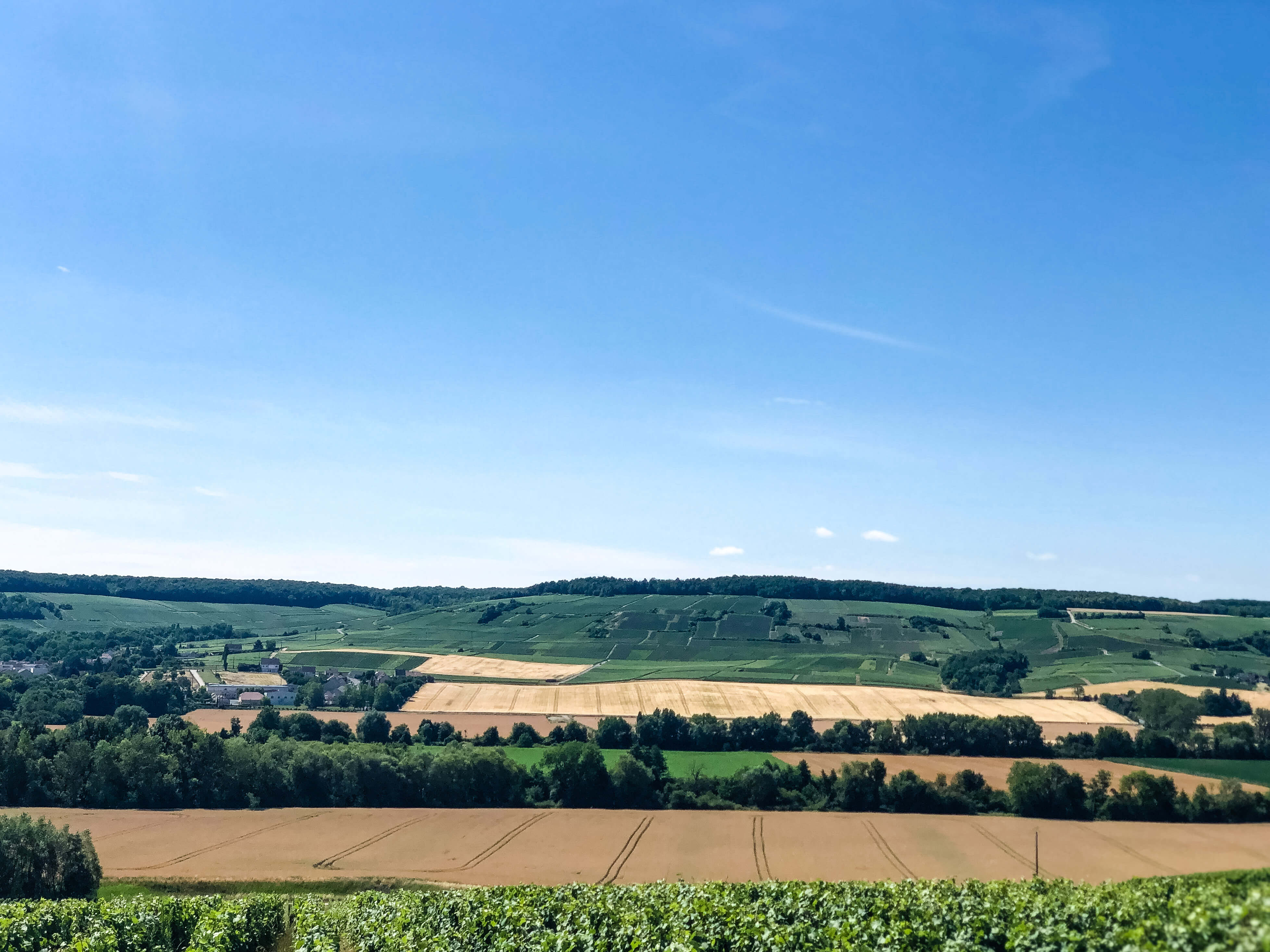
Delving Deeper Into Champagne Country
The beauty combined with the exclusivity of the vineyards here have a seductive appeal, and inspired us to learn a bit more about Champagne.
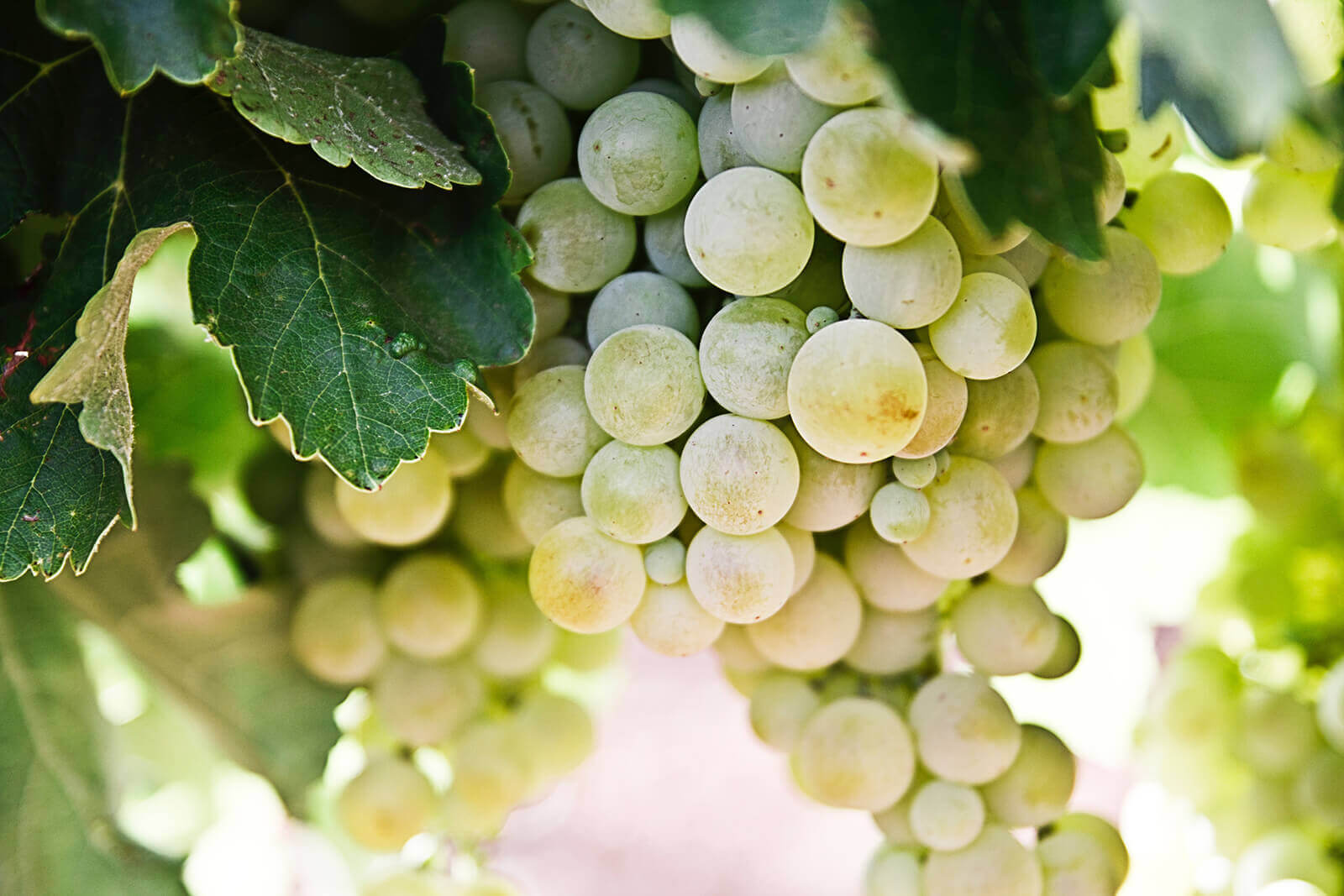
Viticulture — the art of wine growing — is the cultivation and harvesting of grapes. Located at the northern edges of France, the Champagne wine region played a significant role in the history and development of both viticulture and the country. Its climate is perfect for the vineyards and as a result the exact boundaries of the entire Champagne region are very precisely defined and regulated.
Trivia Facts: Although many people use the word Champagne as a generic term for sparkling wine, in the European Union it is illegal to label any product Champagne unless it both comes from the Champagne region and is produced under strict rules. Despite legend and popular belief, Dom Pérignon (December 1639 – 14 September 1715) did not invent sparkling champagne. A French Benedictine monk, he did however make contributions to the production and quality of champagne wine in an era when the region’s wines were predominantly still red. Sparkling champagne didn’t become the dominant style of Champagne until the mid-19th century, apparently by mistake; the pressure in the bottle led it to be called “the devil’s wine” (le vin du diable), as bottles exploded or corks popped. At the time, bubbles were considered a fault.
This region has been known for its vineyards for over a thousand years. In fact, the Romans were the first to plant vineyards in this area as early as the 5th century, though tentatively at first. From 950 to 1316 the Counts of Champagne ruled the area as an independent county thanks to the profitability of the vineyards. By the 17th century advances in wine-making allowed the great Champagne houses to begin to develop and it quickly became associated with royalty. The rest is history.
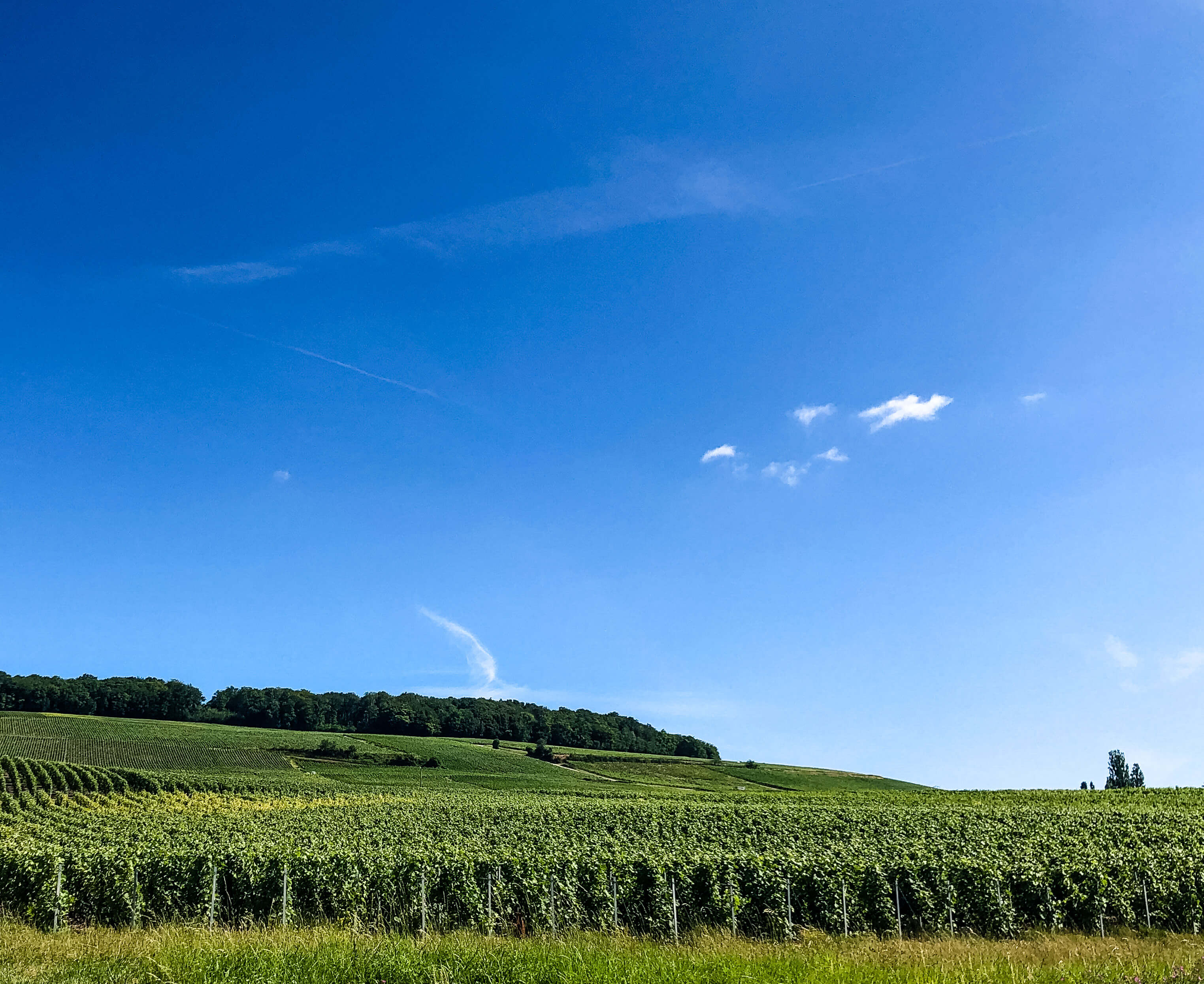
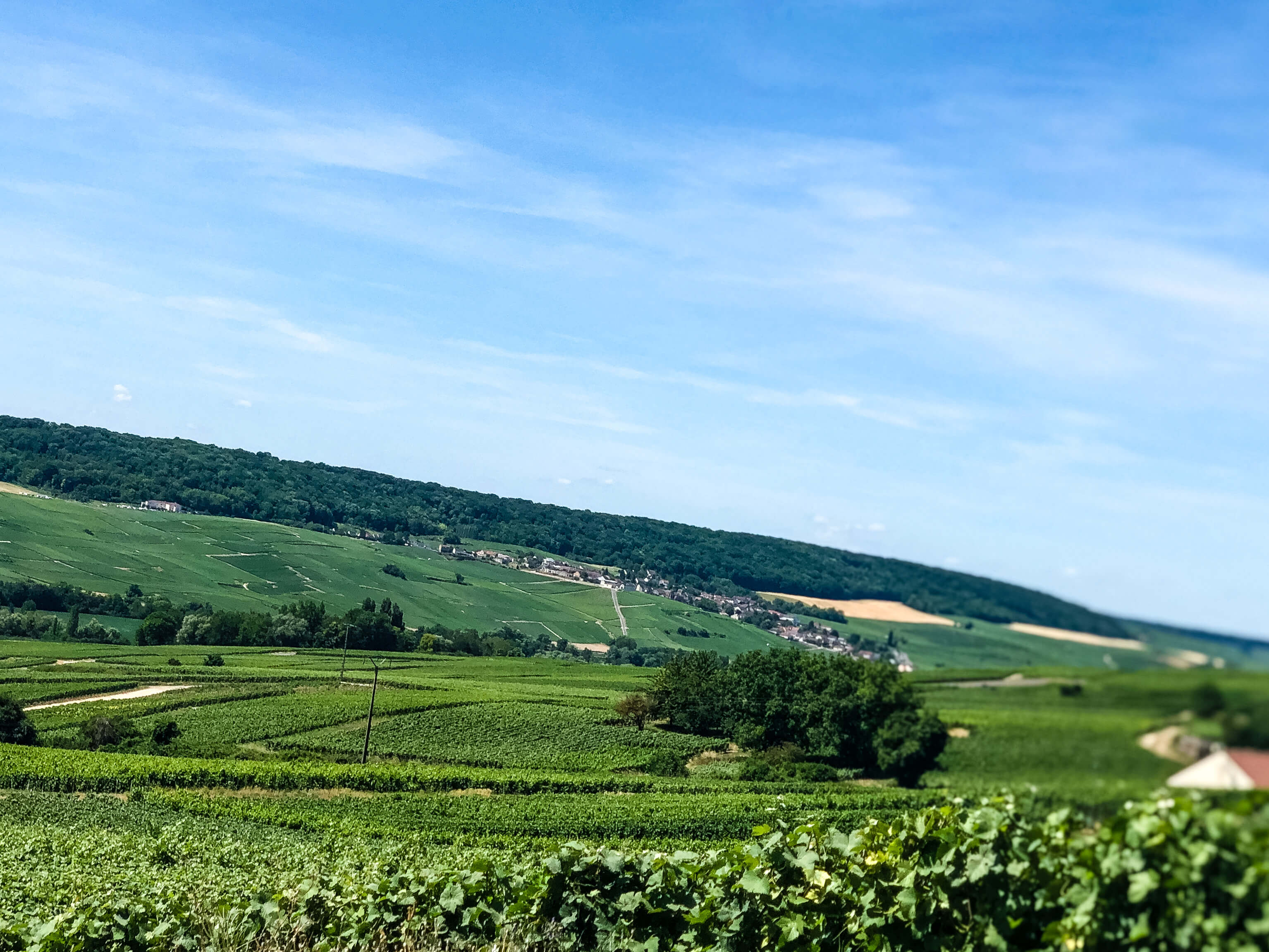
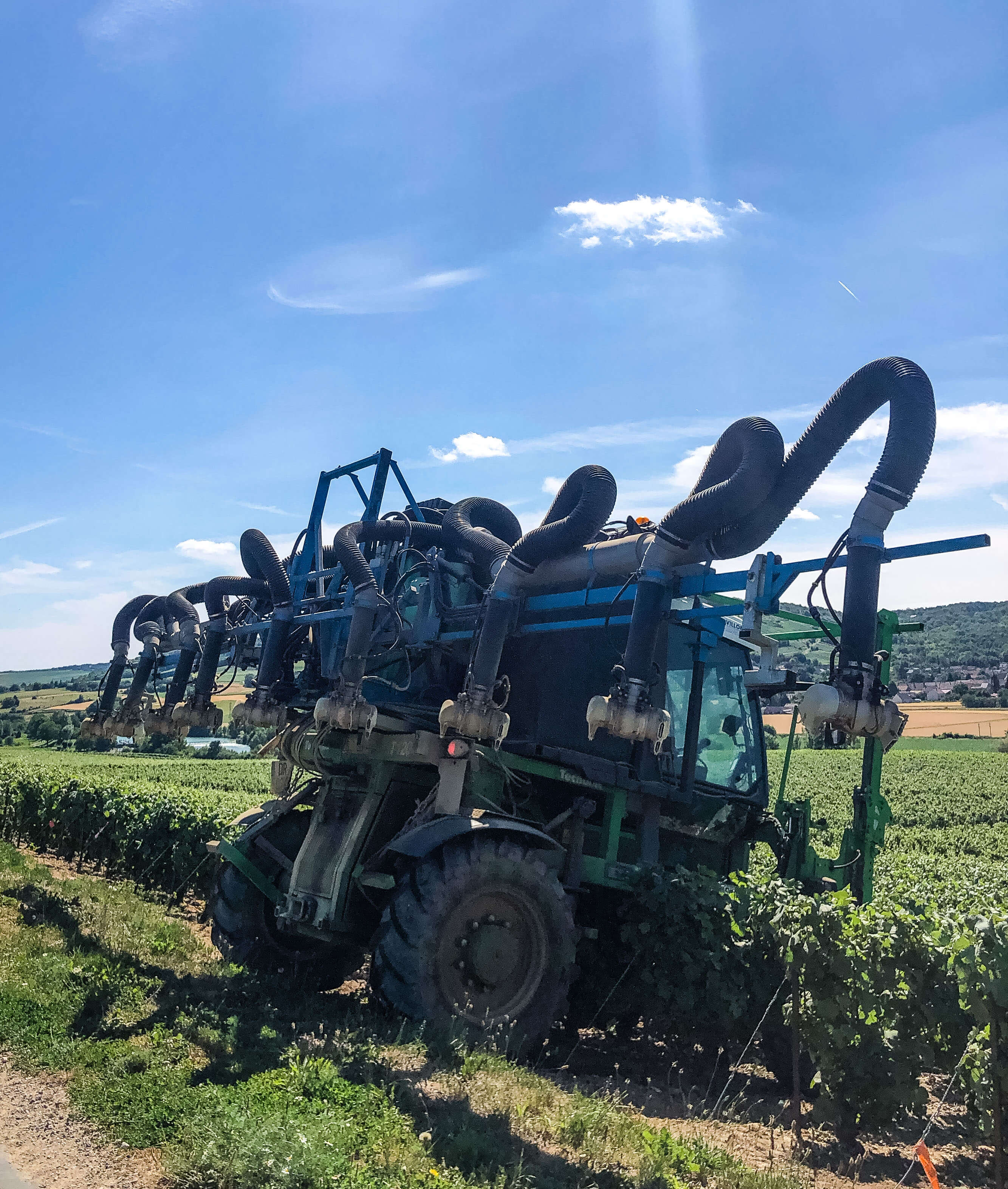
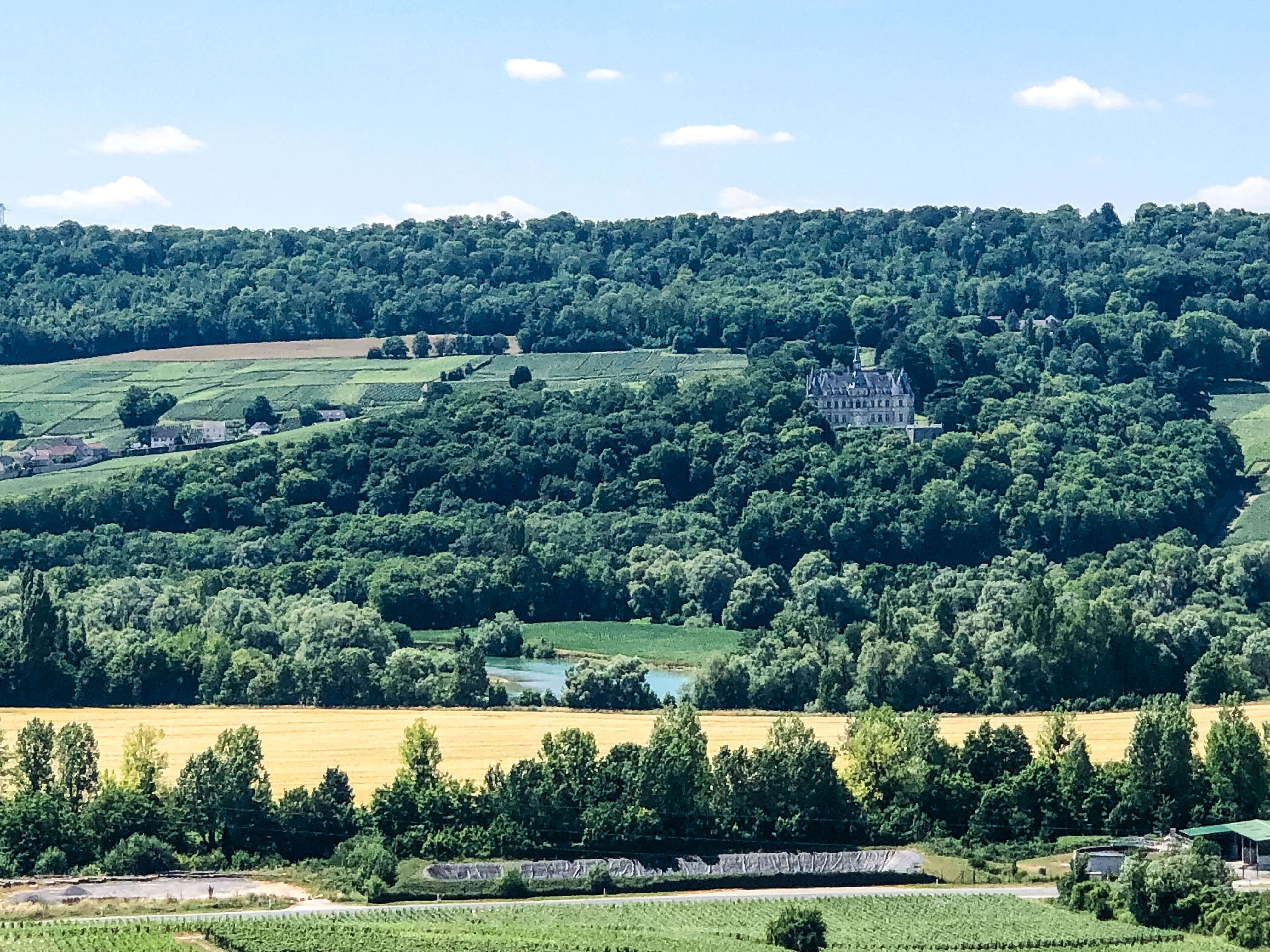
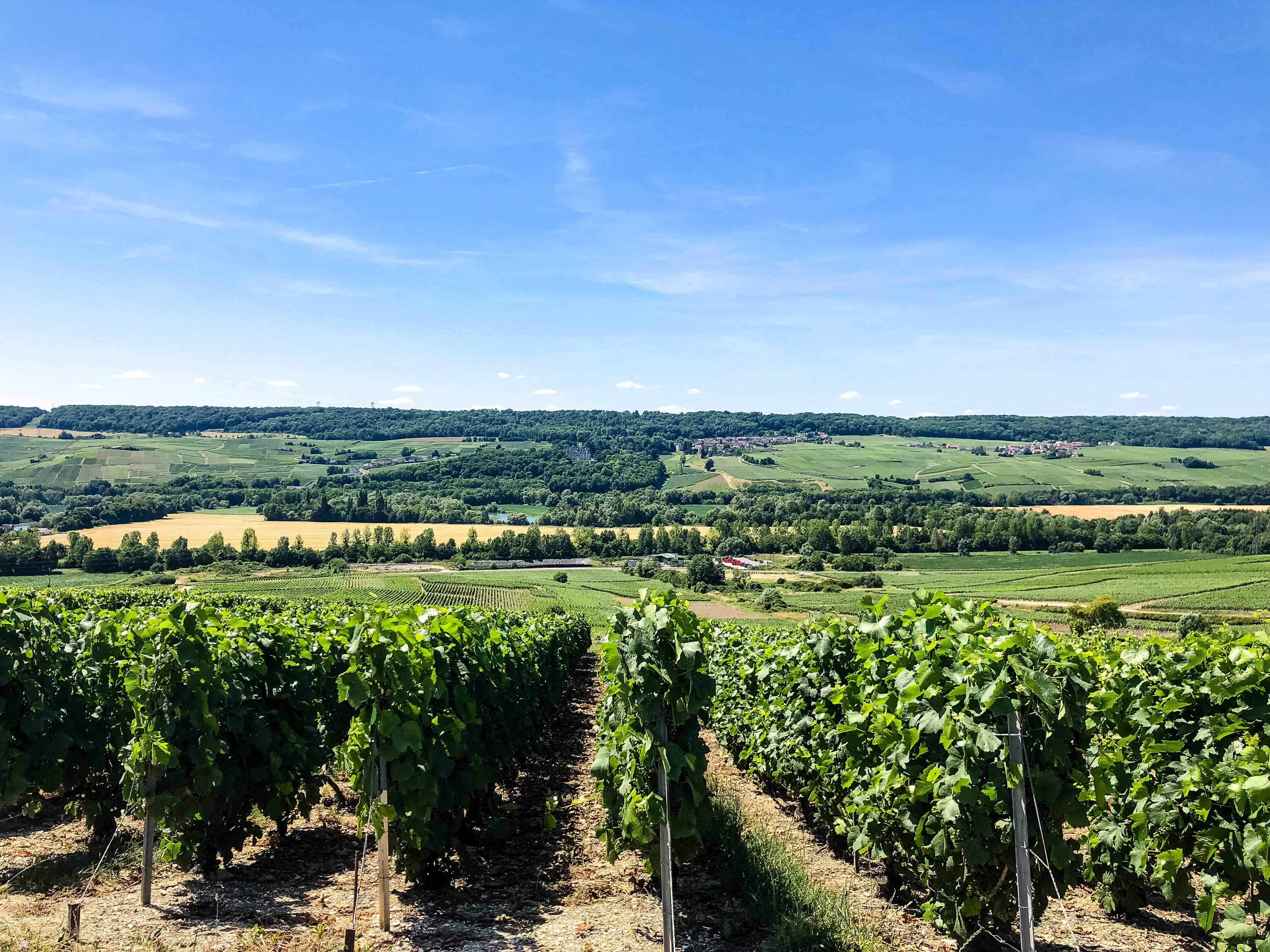
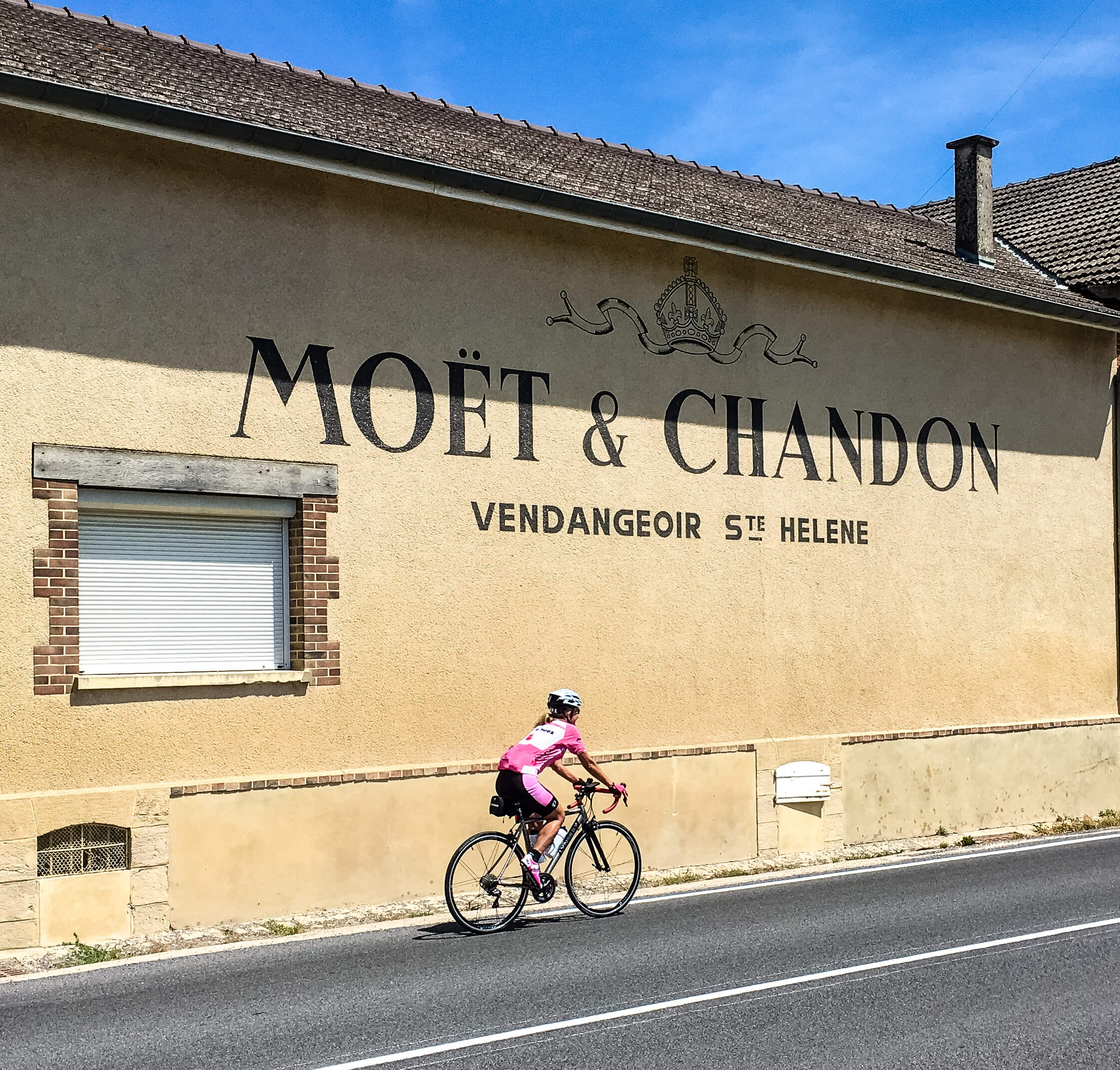
The Tour de France
The Tour was coming through a village on our route, but as most of us have seen it before, the group voted to press on. It would have added 3 hours to our day, time we preferred to spend sipping Champagne (I know, blasphemy to Tour groupies.)
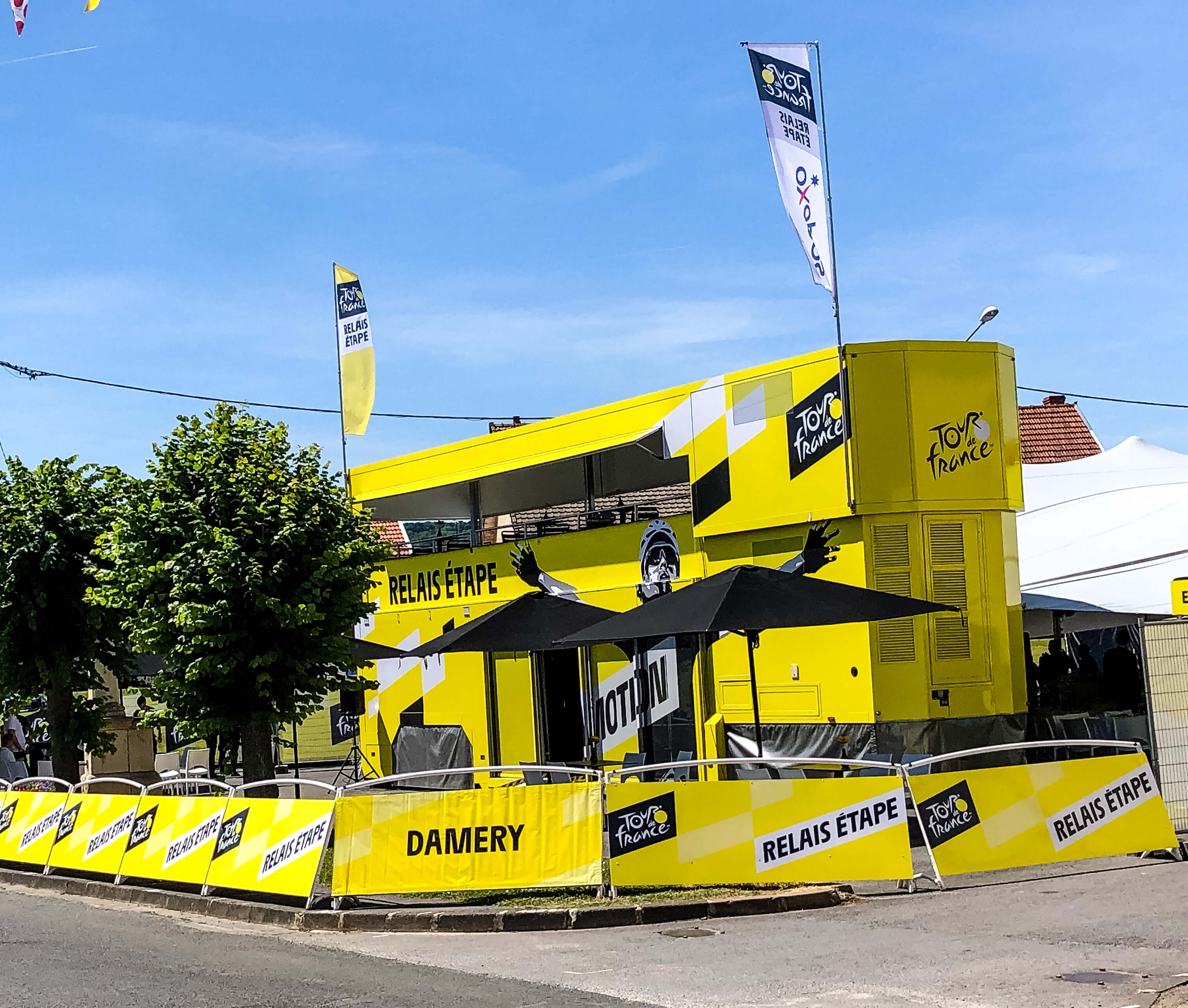
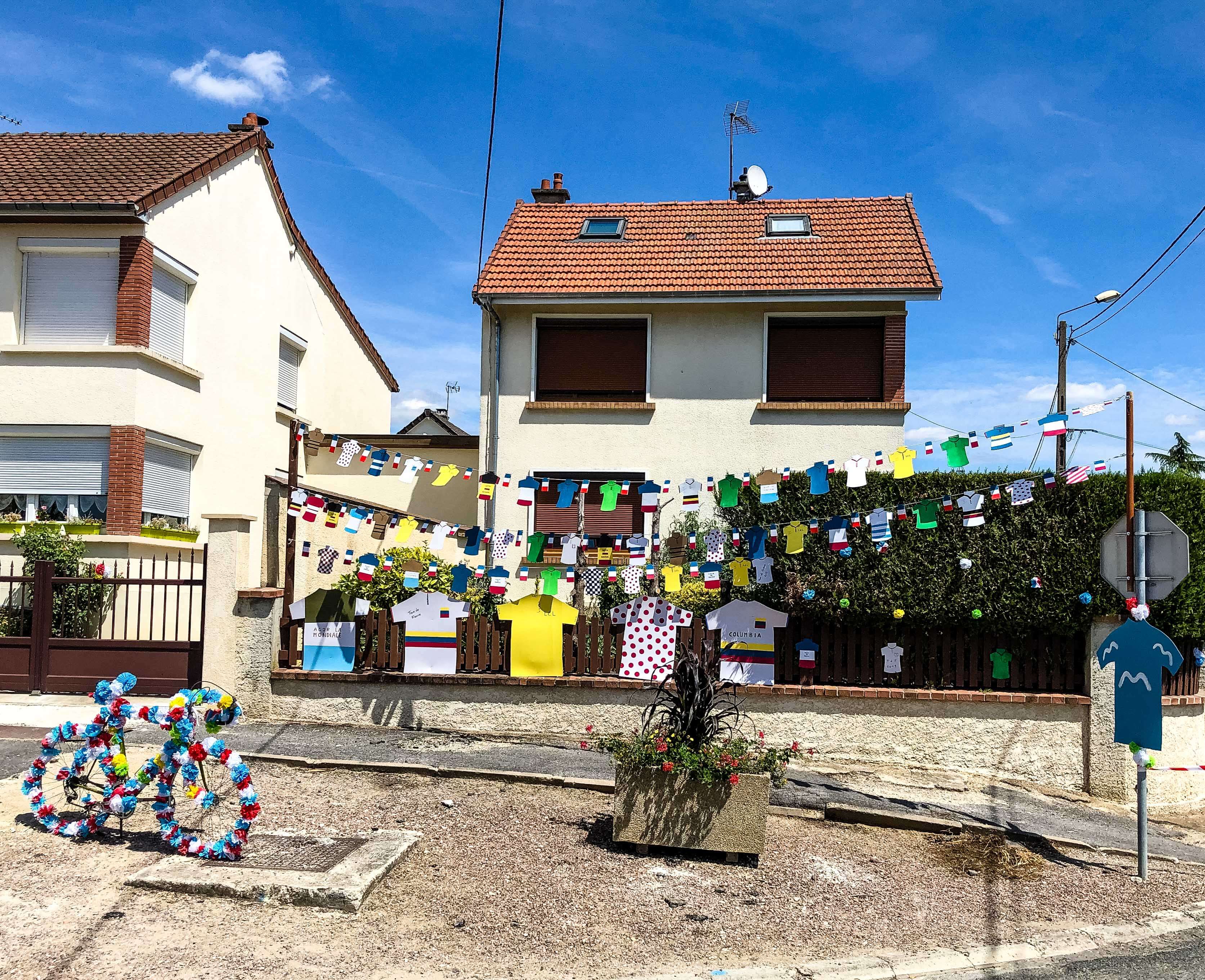
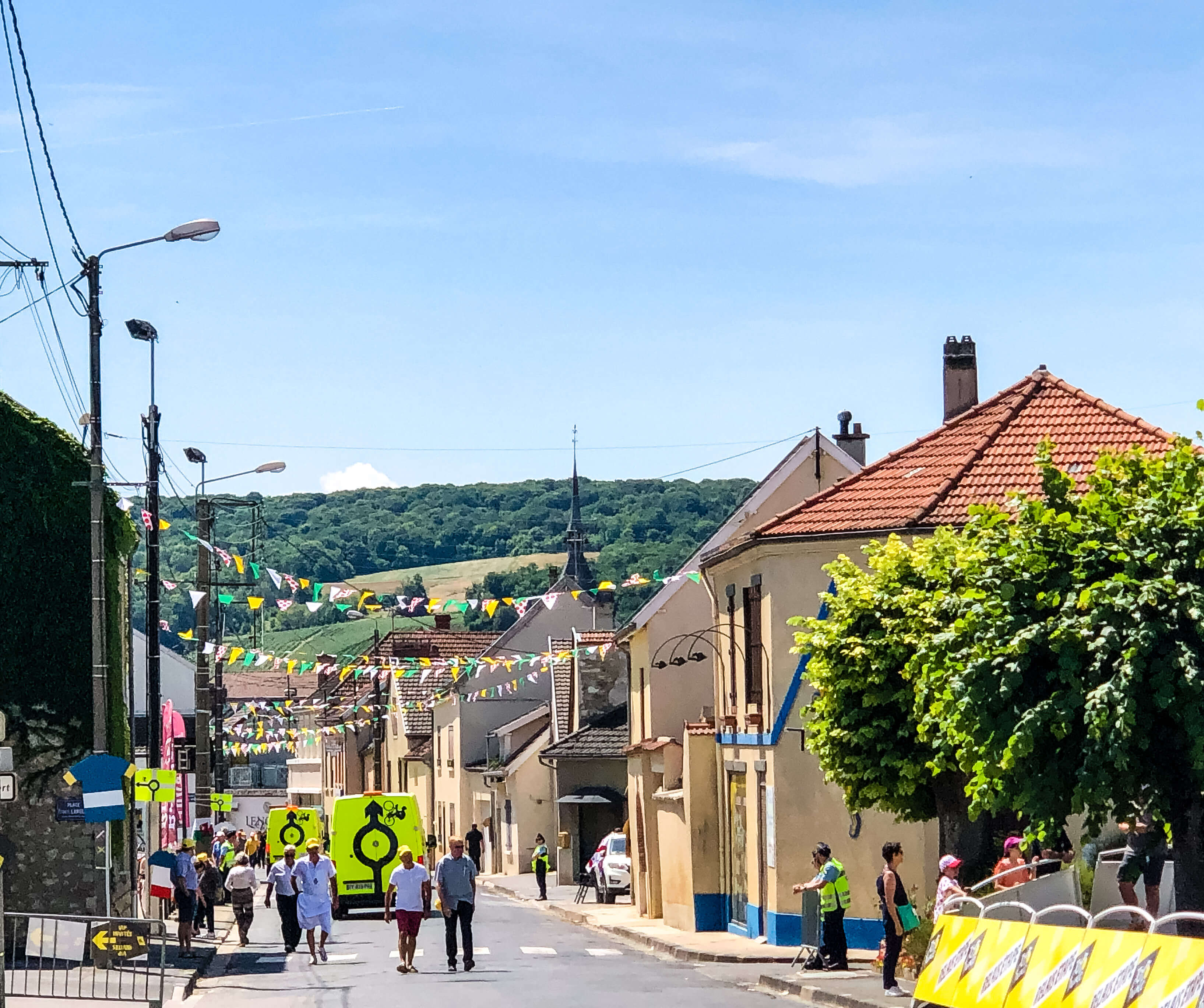
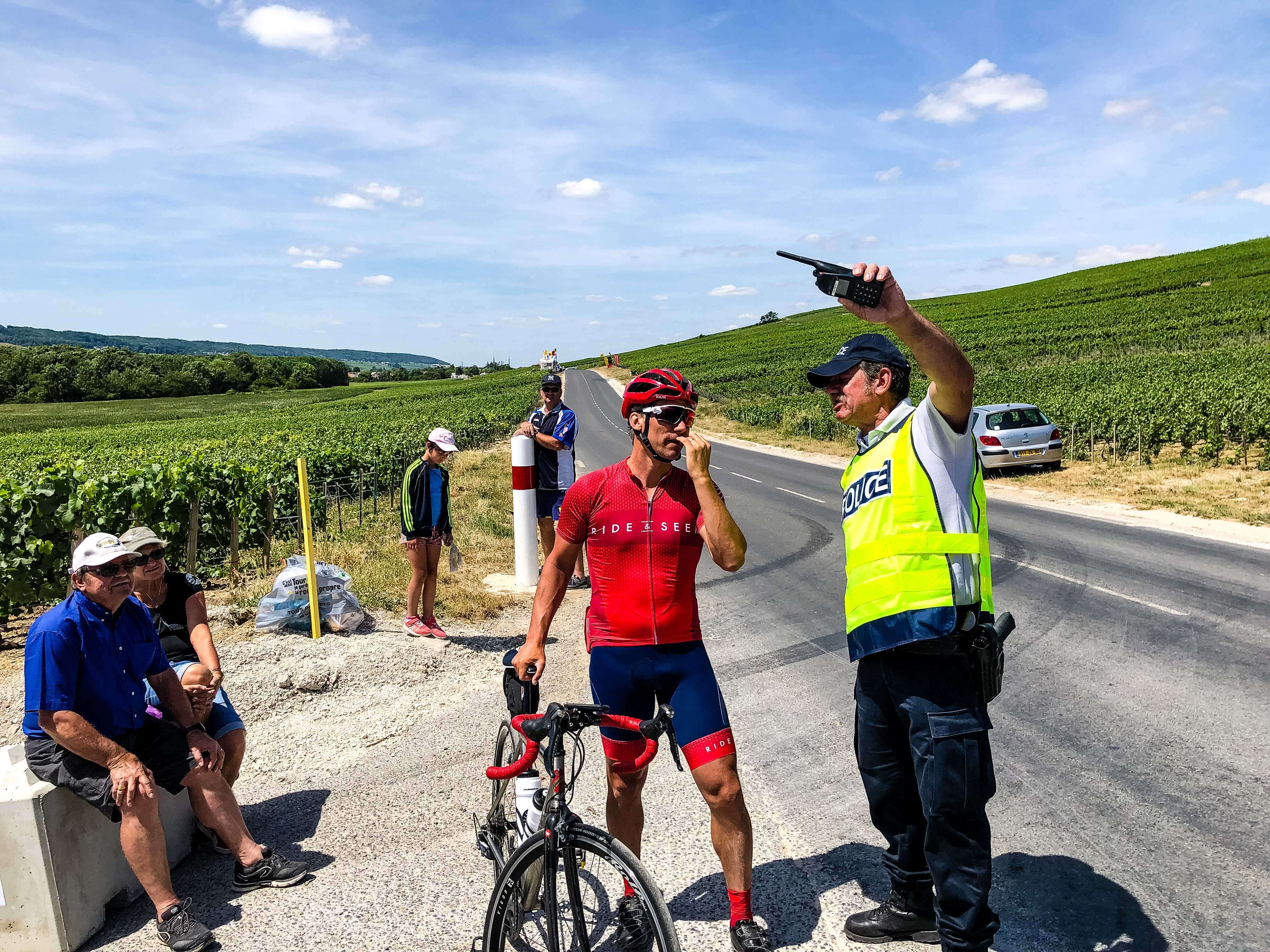
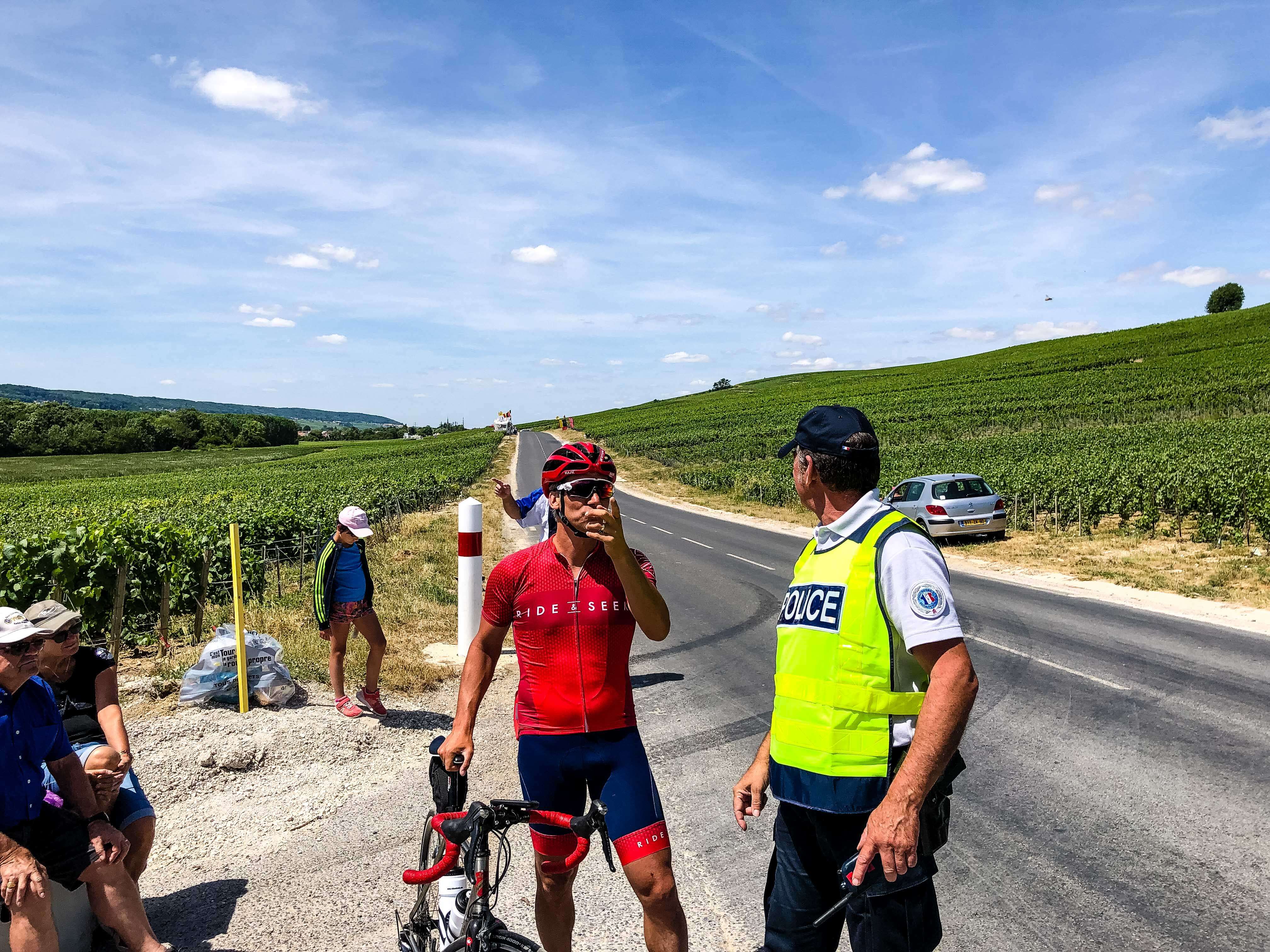
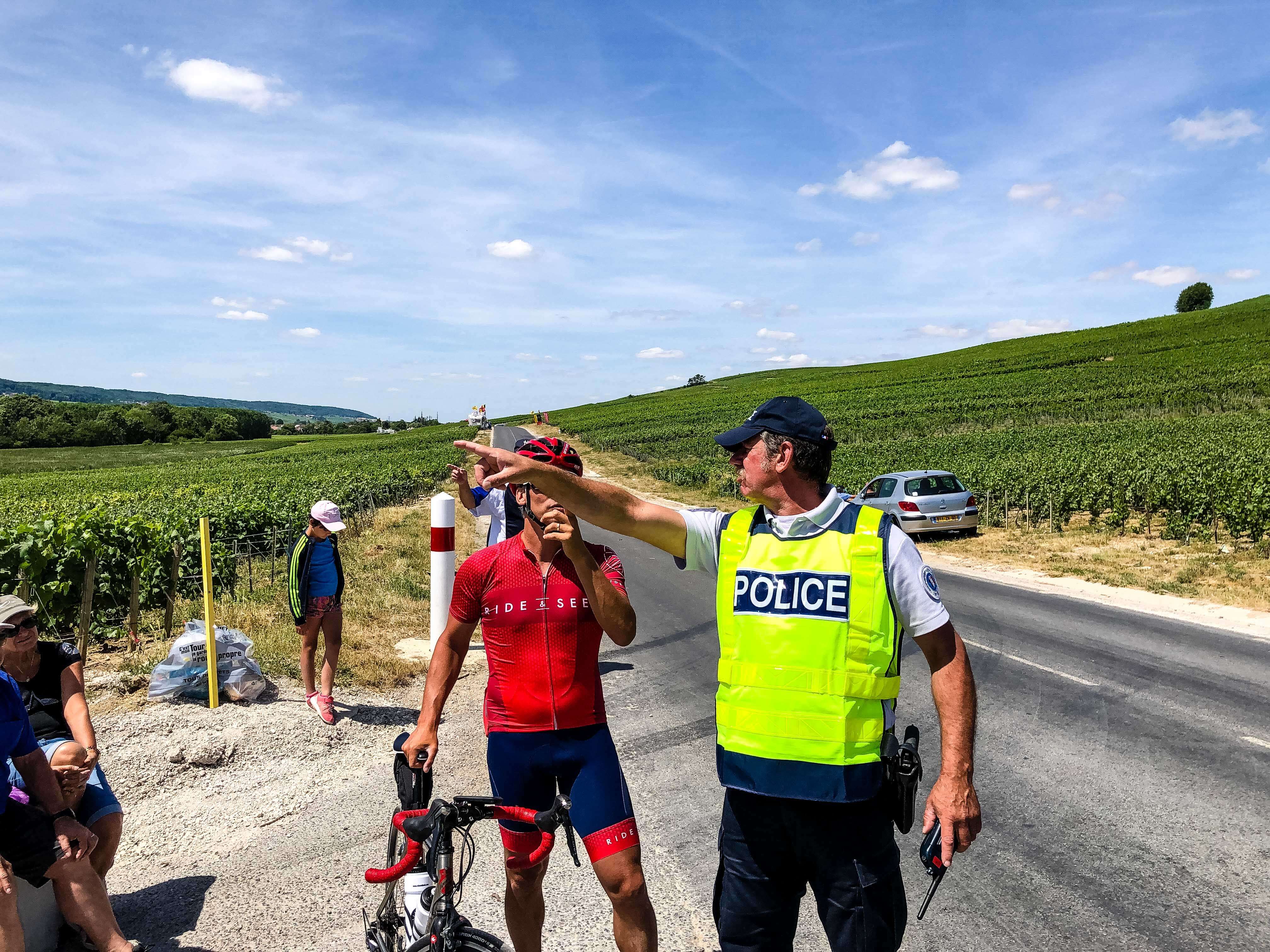
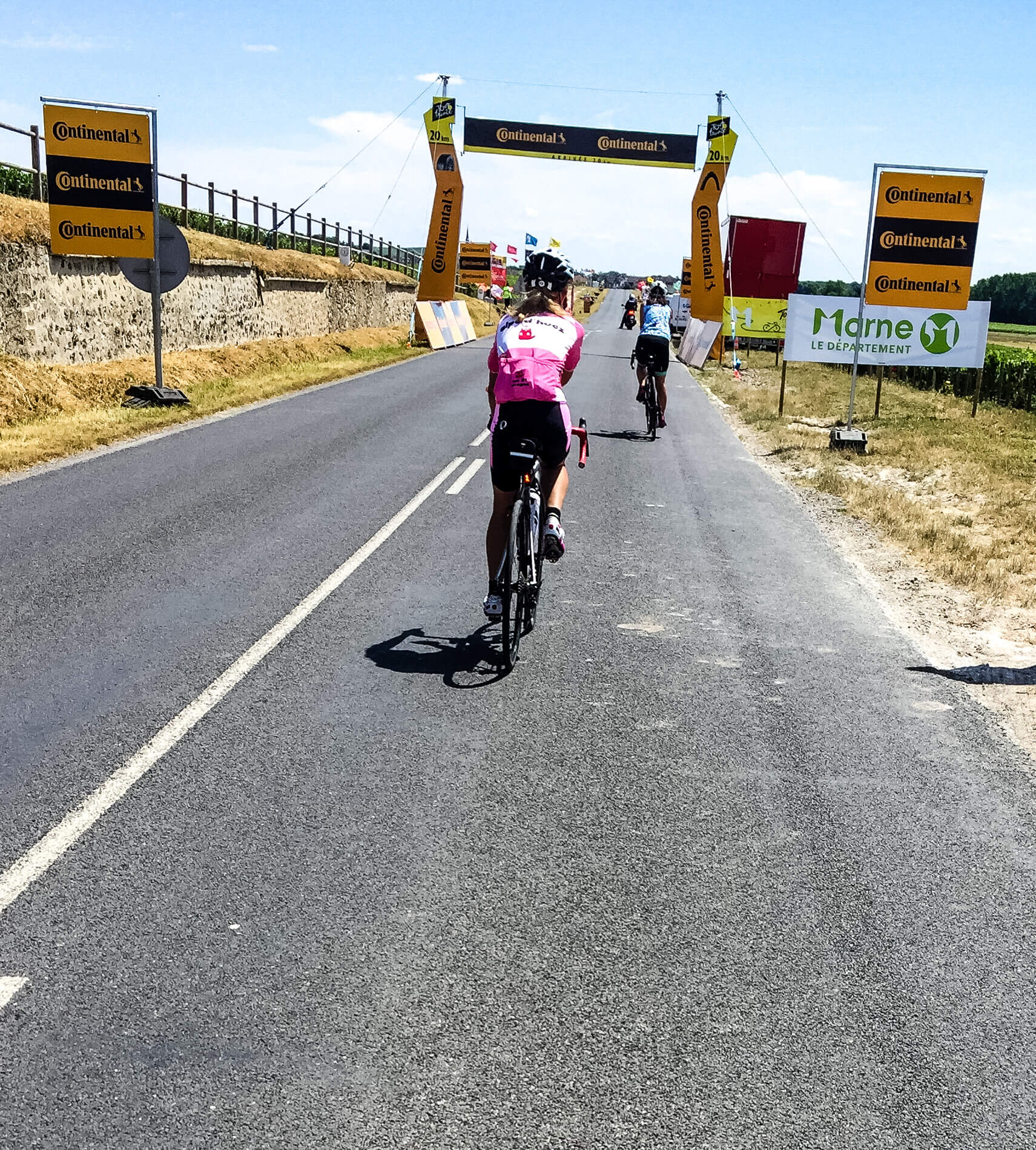
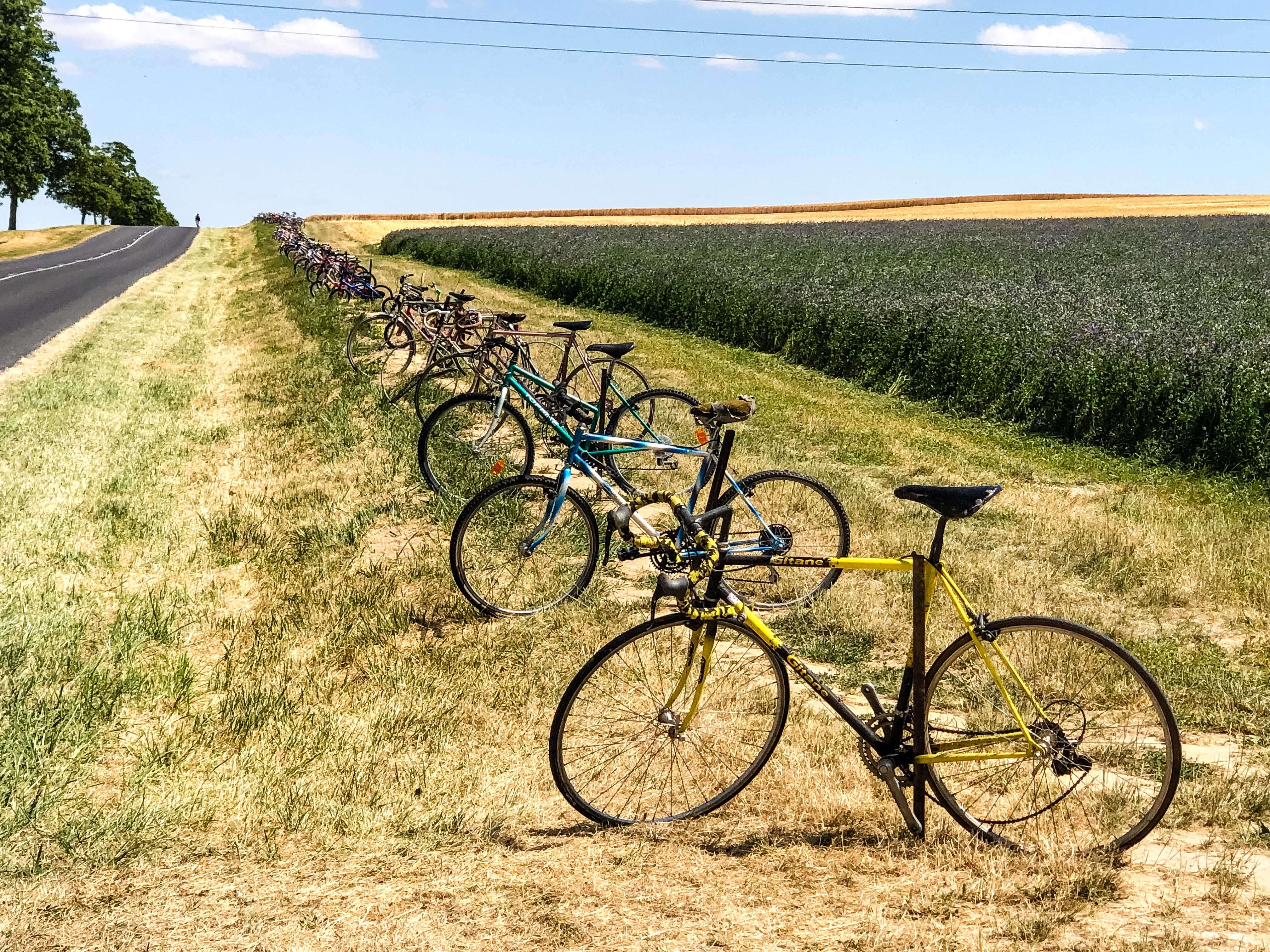
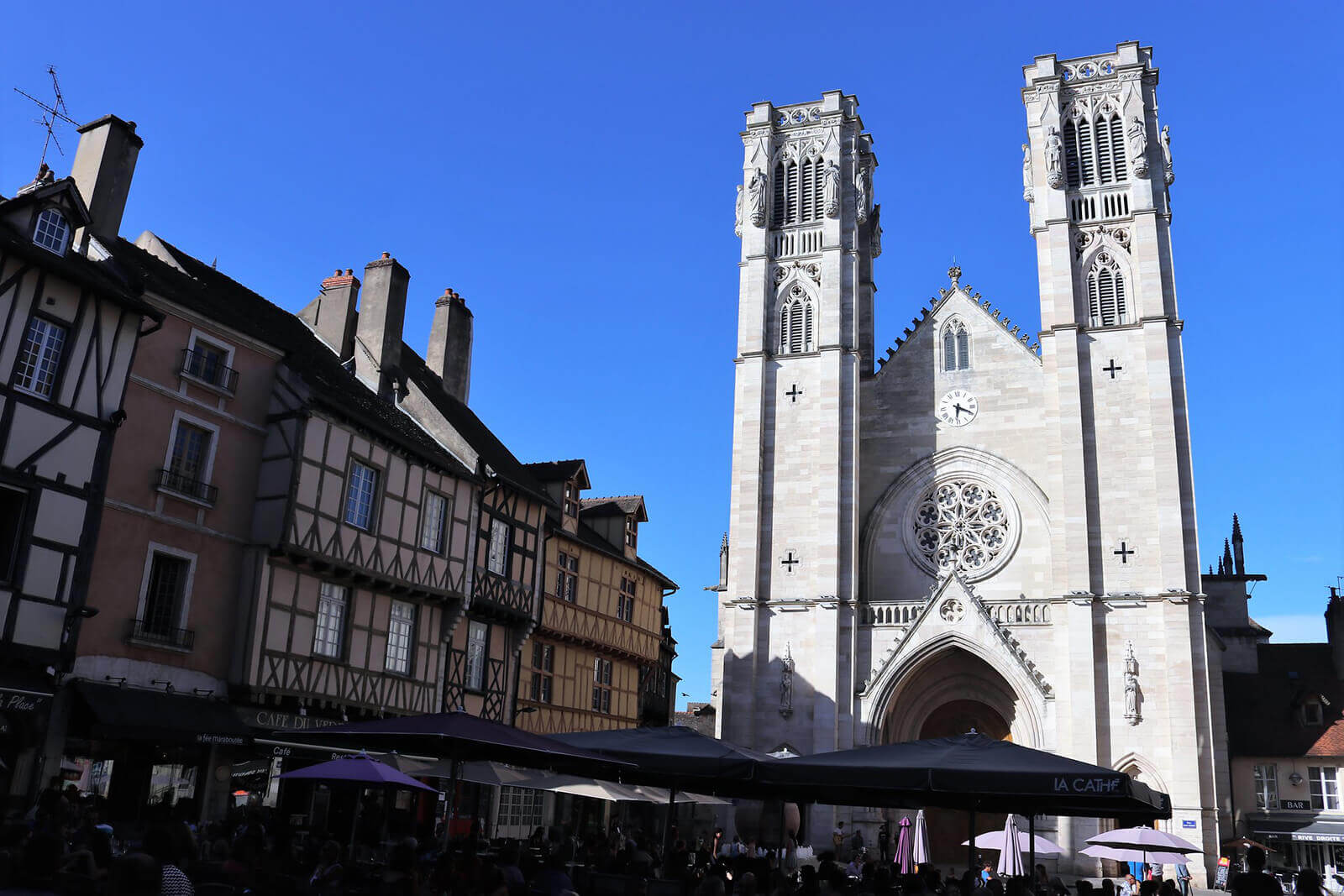
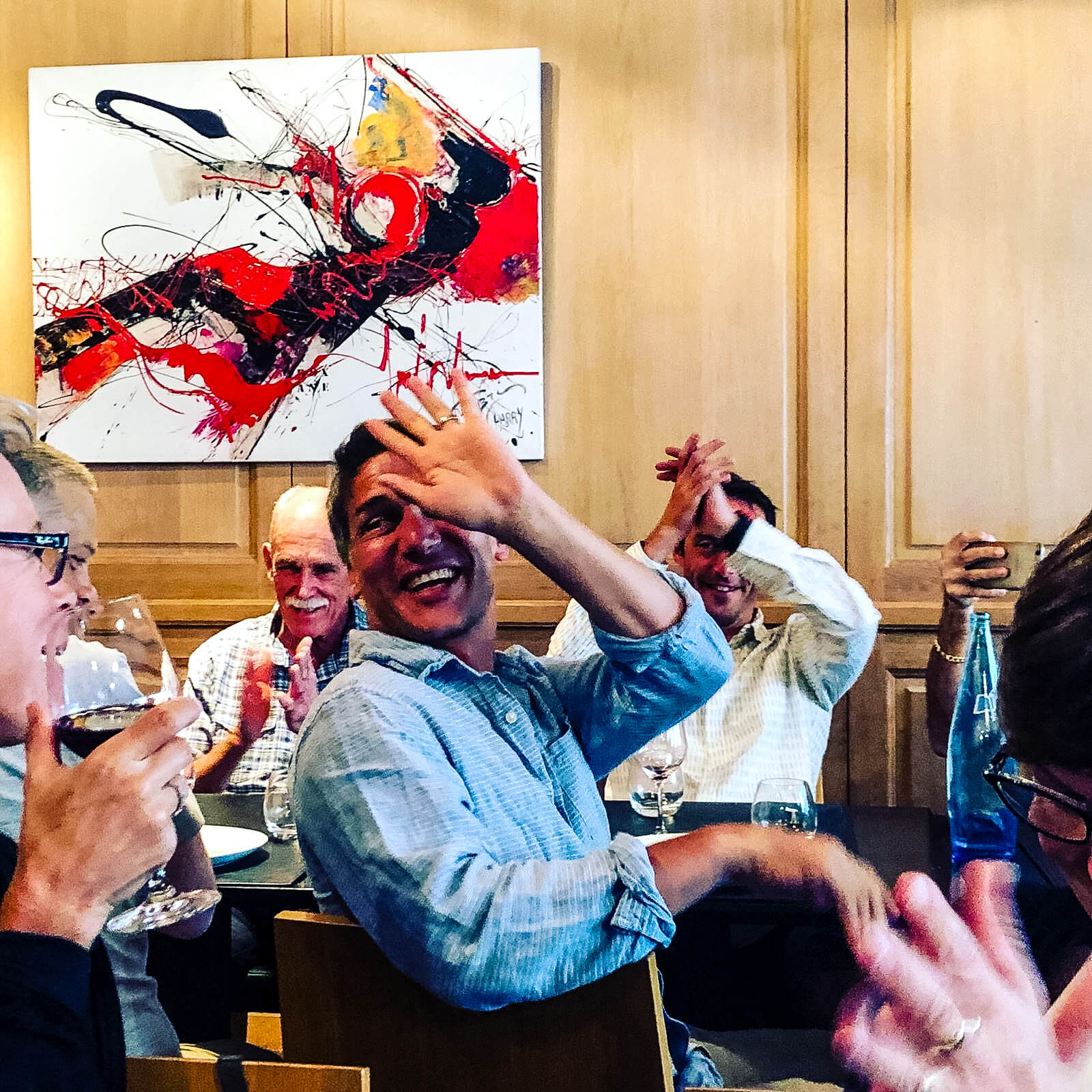
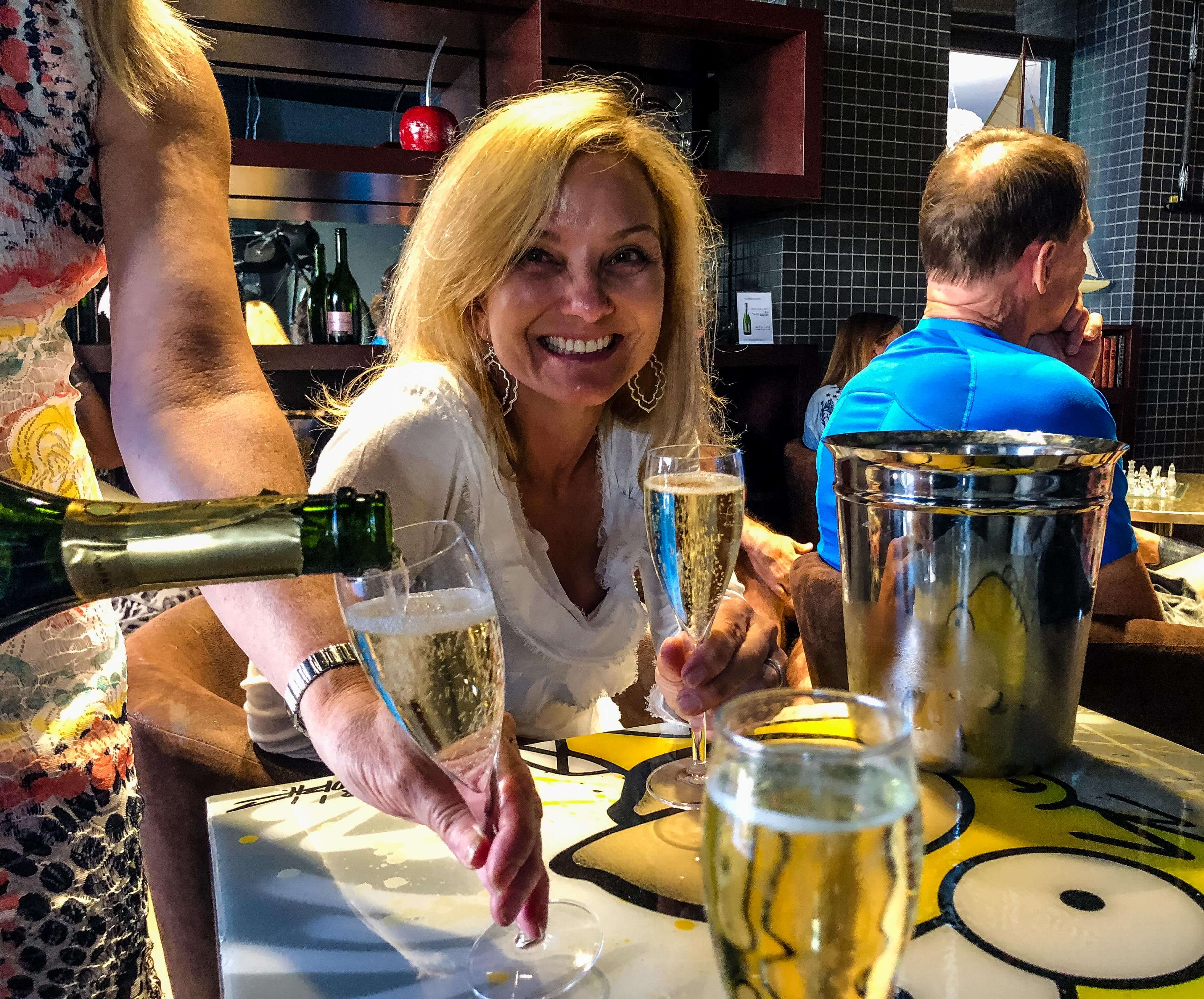
Our legs were feeling surprisingly good today – maybe all the endorphins from the magnificent countryside? Sadly tomorrow morning we have to leave this magical place, but the good news is it will be a relatively short day at 60 miles, and we will tour Verdun (WWI) which is sure to be quite poignant.

